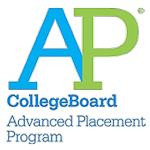
As parents, we constantly worry if our distance learning setup at home is conducive to supporting our children’s learning and development. While it does not have to mimic exactly how a classroom inside an international school in Manila or elsewhere in the Philippines looks and feels, we want to make sure that the ‘classroom’ at home is a place where our children may thrive and reach their full potential.
We should not underestimate the importance of the home environment in our children’s learning. How the learning area is set up enables our children to thrive, making it easier to tackle tasks and challenges.
Our focus should be on the quality of the learning environment. It should be both accommodating and stimulating. Interestingly, it is not enough that the physical environment, the physical objects, and the people around them. More important is how these people–parents and children–interact with the environment and the readily available objects.
No matter how many educational toys you put in the at-home classroom, they won’t support your child’s learning unless you show them how to play with those toys. Of course, it would be preferable if you play with the toys together. Thus, it boils down to the relationship between these materials and the people interacting with them.
Creating a learning environment that allows your child to learn optimally is not without difficulties. Nonetheless, you may refer to the items discussed below to create a more supportive learning environment for your child at home.
1) Have sufficient school supplies
Pens, pencils, bond papers, pad papers, notebooks, and even seemingly mundane objects such as paper clips and fasteners should be easily accessible to your child.
Additionally, it would be wise to orient your child about finding these things when he needs them. These should be within arm’s reach so he can quickly grab them when he needs to scribble or staple something.
Schools usually provide a list of the supplies and materials he would need for the entire academic year. Make sure that you have all those things ready before school starts. Otherwise, your child will be rattled during the discussion if the teacher asks to get colored papers and you forget to buy them. Your child will get embarrassed too.
Circumstances like this can cause your child to lose focus while also lessening his self-esteem and disrupting the flow of discussion. So make sure that all the required school supplies are prepared ahead of time.
2) Put a well-stocked bookshelf
Access to age-appropriate books gives your child an opportunity to ‘explore’ when distance learning, albeit non-physically. It gives them an edge because they get to see things differently.
One study claims that reading to children as young as six months old improves their linguistic and cognitive competencies. Therefore, reading books contributes meaningfully to the child’s academic performance. In addition, pleasure reading, or reading that the child freely chooses, has the same effects, whereby students obtain higher scores and grades in English subjects than non-reading students of the same age.
Indeed, children who read books perform better in terms of:
- Vocabulary
- Language skills
- Conversational skills
- Understanding complex or advanced concepts
- Memorization
- Listening skills
- Concentration
However, building a reading environment requires more than exposing your child to books. Parents who love to read books themselves impact the child’s love for reading more since they set an example for their children to follow. Again, this exposure is more about how people interact with the object, the book, rather than the object itself.
In time, they will find pleasure in reading. Every time his teacher would ask him to read stories or essays as part of his homework, he would not see it as a chore.
Make the selection of books as varied as possible. Include picture books, fiction and non-fiction books, and reference books such as dictionaries and encyclopedias.
3) Provide sensory stimulating materials
Materials and supplies need not be rigid or static. Variety is key, and so objects that stimulate the senses help in learning and development while at home.
We are not just talking about taste, smell, sight, hearing, and touch, but also body awareness and balance. Or, what are colloquially known as proprioception and vestibular, respectively.
The home should support sensory stimulation by providing them with continuous experiences. With this said, learning at home does not have to occur in the ‘classroom.’ Every part of the house is fundamental to learning. For instance, in the kitchen, he can watch how the meal is prepared and cooked and take part in mundane tasks such as gathering and throwing away the peel, placing the placemats on the table, putting utensils, etc.
Furthermore, developing tactile senses is paramount to learning more independently. This allows the learner to experience more complex sensations in addition to texture, weight, temperature, etc. Some examples are vibration, pressure, and flutter. Again, some of these things can be learned outside the actual physical learning environment, like when he is allowed to do baking, gardening, and preparing simple meals for the family.
3) Create functional areas
Having dedicated functional spaces is not just providing an area where your child can do activities. It also builds confidence to engage with different activities when they conveniently feel doing so.
Each functional area should expose the child to a specific learning experience. For instance, there should be an art table to draw or paint. This is an area where he can be messy. There could be a reading nook as well where he can read books. You can fit it with mats and cushions, bean bags, or anything that can make reading a relaxing and enjoyable activity.
Structuring the place in this way gives your child the freedom to choose what he wants to do for the day. As a result, he won’t feel overwhelmed as well, thinking that there are too many things to do simultaneously.
4) Help child pursue creativity
Children are naturally curious and creative. Often, they will look for an outlet to express their creativity. So you might as well provide what they need to discover creative pursuits on their own. There are two ways to do this.
Buy educational toys
Children are constantly exposed to educational toys. However, they have varying effects on their learning. For instance, plastic toys that play the same tune repeatedly with flashing lights along with the singing don’t do much to stimulate the senses. Essentially, these toys limit the child’s creativity if that’s the only thing they play with most of the time.
Essential educational toys that lead to real learning include:
- Wooden blocks
- Wooden puzzles
- Construction toys (like Lego)
- Board games
- Memory games
- Matching games
- Kinetic sand
- Threads and laces
You want to give your child toys that target and affect various learning areas. These are the activities that impact the child’s learning optimally.
Place various art materials
In addition to these toys, it is best to give your child various art materials. Crayons, markers, chalk, and paints are essential, and papers, especially oversized ones, can be rolled on the floor or plastered on the wall. Large sheets of paper or poster boards are better because they encourage imagination and movement.
Art should be fun and exploratory, but keep the art activities developmentally appropriate. For example, art can aid in developing fine motor skills and improving concentration and hand-eye coordination.
While at it, don’t make these mistakes that stifle your child’s creativity:
- Downplaying the value of open-ended art sessions, including drawing, painting, and sculpting
- Implementing parent-directed art activities
- Prioritizing the end product instead of the process
- Failing to empower your child through his art
In some instances, you may even create your own challenge. Hand your son an object that piques his interest and encourage him to imagine things and build a story using that particular object. Let him be as playful as he wants to. You want your kid to explore things creatively on his own.
5) Have a display section
When creating a classroom environment at home, it is also important to celebrate small wins. It pays to have a corner to display your child’s drawings, letters, quizzes, etc. This builds your child’s confidence and sense of accomplishment as well. It can be your way of saying that you are proud of him and value his initiatives and efforts.
When they see their work on display, they feel proud too. And this gives them the motivation to tackle various activities with enthusiasm, more so when parents recognize the effort. Children naturally seek parental pride because it reinforces their parents’ love for them. So they do good–it’s their way of saying, “Hey, mom, look! I made this!”
Give them the inspiration to do more by having a place for everything–including artwork. That’s how parents can genuinely support their children to learn more. The more they do things by themselves, and the more you show appreciation for the things they did right, the better they’d be at learning from the hands-on experience.
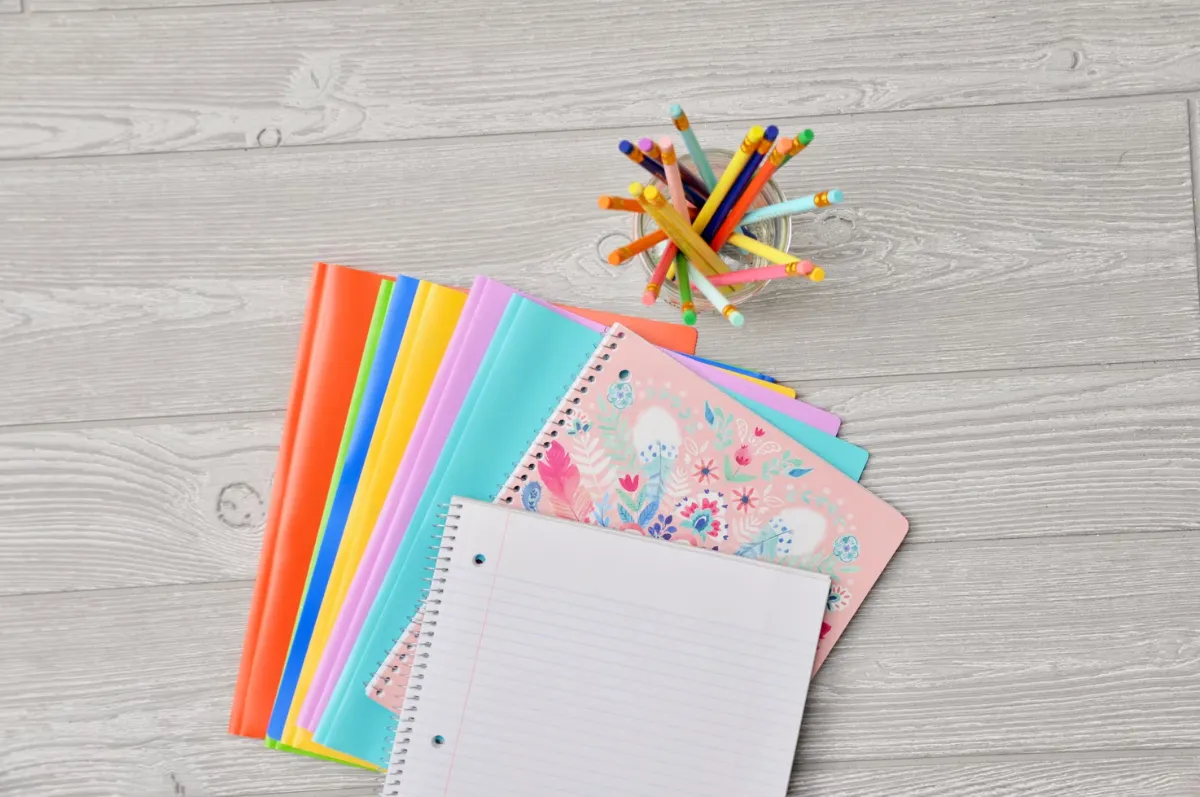
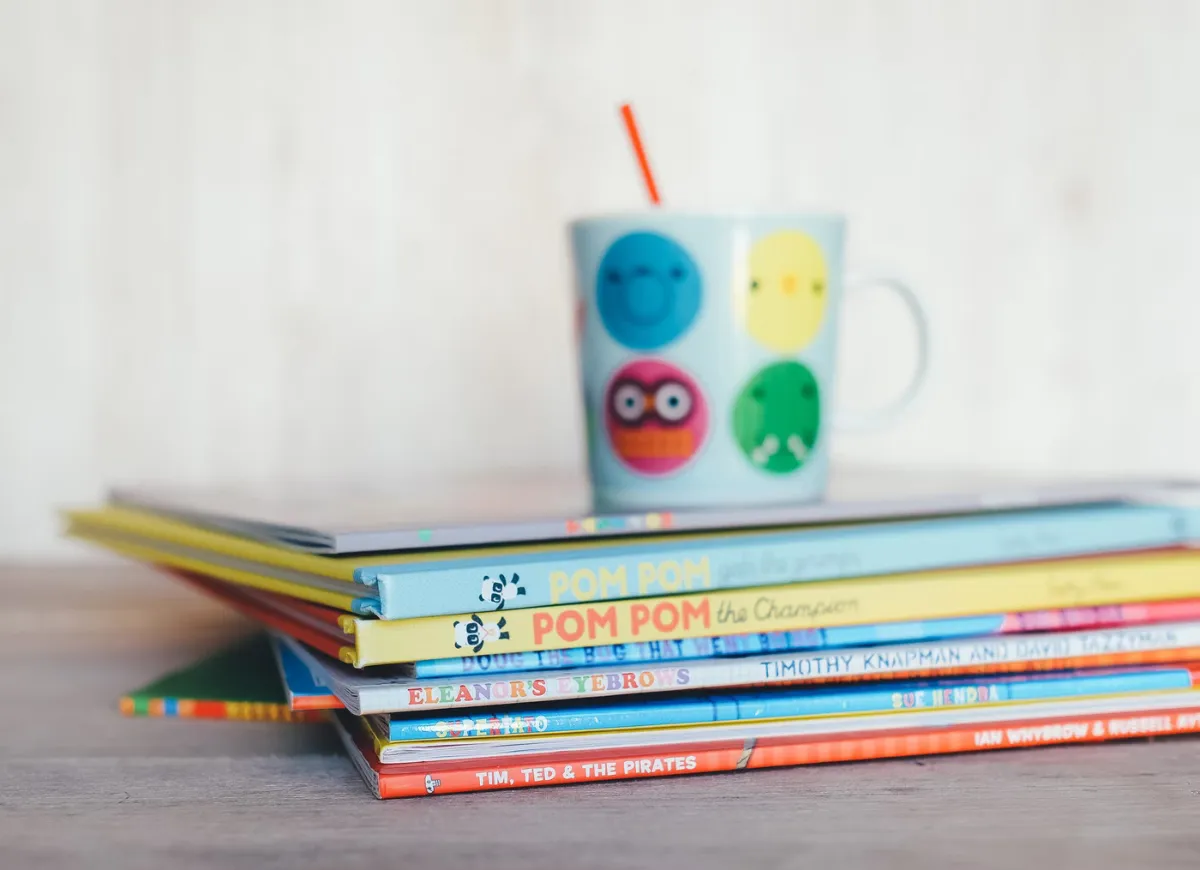
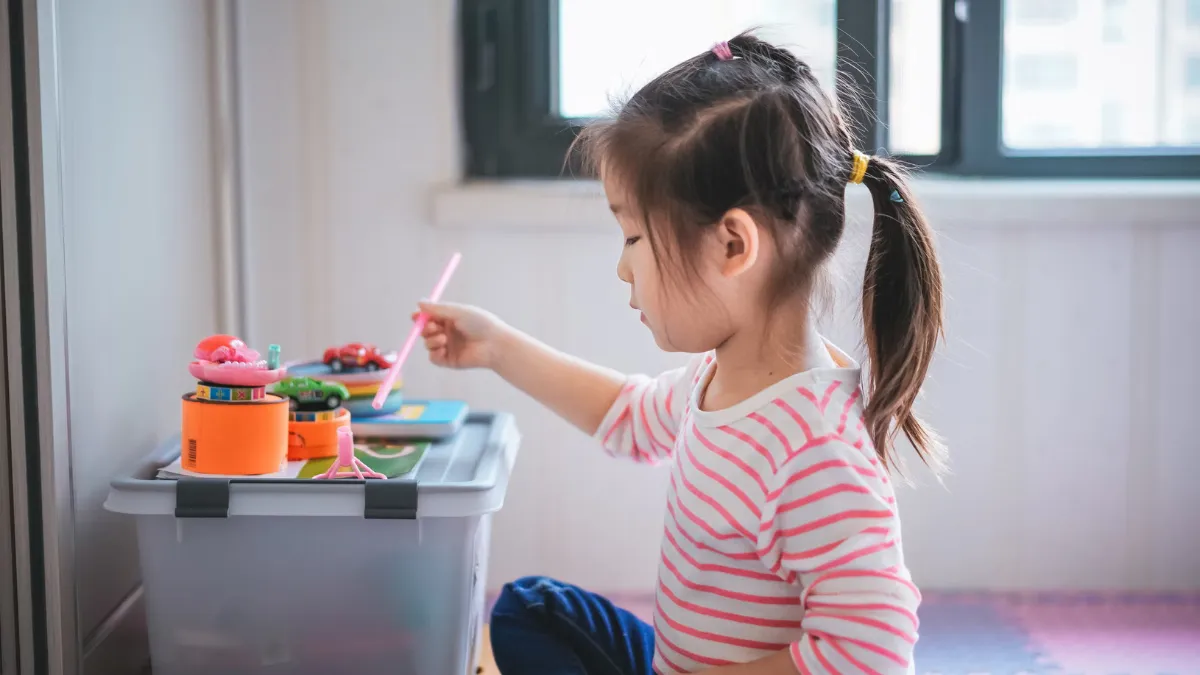
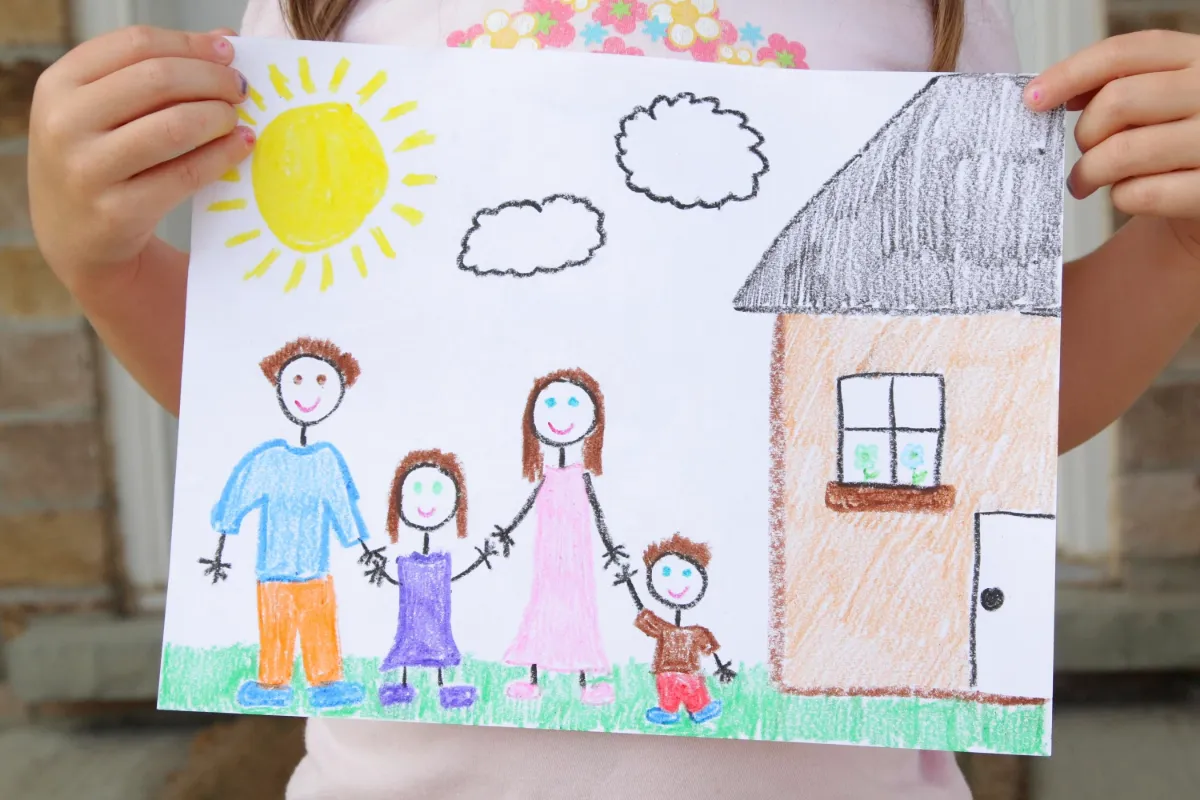






 logo.png)
